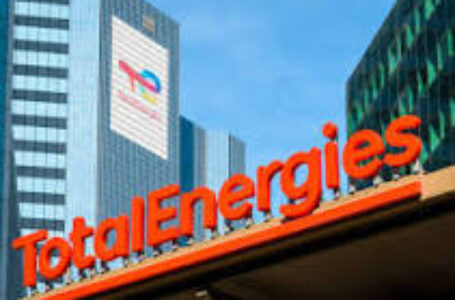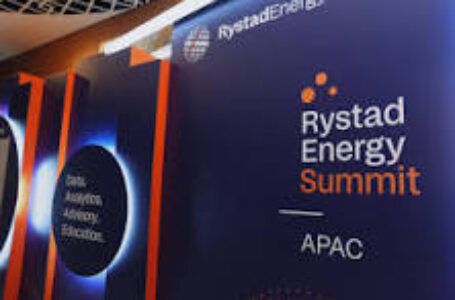Africa to become next downstream growth frontier by 2032 -Oppong
Thermal power plants more competitive than clean energy when considering reliability: Vistra CEO
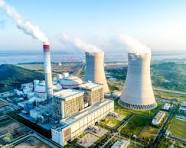
Thermal Power Reliability: Vistra President and CEO Jim Burke expects solar and batteries to do well because they can be built quickly.
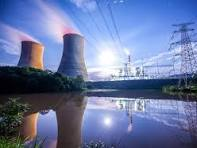
Wind, solar and storage may produce the cheapest electricity, but when prioritizing grid reliability, 1 GW of coal-fired, gas-fired or nuclear generation equals 9 GW of those clean energy resources, Vistra President and CEO Jim Burke said Wednesday during an energy forum hosted by Tulane University.
“I just don’t see … that gas and nuclear are going to have easy replacements, even if we get long duration storage,” Burke said, noting the reliability estimate didn’t include transmission costs. “Once you put all the costs of those together, it’s actually not as competitive as just committing to the nuclear and the gas.”
Even so, Burke said he expects solar and batteries will continue to do well in the near term because they can be planned and built quickly and can be backstopped by existing thermal power plants.
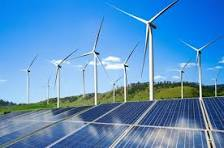
However, the retirements of thermal power plants pose reliability risks, according to Burke.
“If those come offline through retirements, you’re going to have to think through, will the solar, wind [and] battery get us through? Are we going to have to hit the pedal … on, new gas, new nuclear? And I think that hasn’t shown itself fully yet, but I think that’s the collision that [the North American Electric Reliability Corp.] is worried about right now.”
Reliability is the top priority for consumers, followed in order by price and sustainability, according to Burke.
“The customer view of the product is 24/7 reliability,” Burke said. “That’s why I think we’re going to stay focused on those assets and continue to optimize the gas and the nuclear.”
Burke said that 24/7 power is “under-appreciated,” a factor that has led Vistra to acquire power plants that can run around the clock.
Vistra, for example, plans to pay $1.9 billion, or $743,000/MW, to buy 2.6 GW in gas-fired generation from Lotus Infrastructure Partners. The Irving, Texas-based independent power producer expects to close the deal by the end of the year, according to Burke. It costs about $2.2 million/MW to $2.5 million/MW to build a combined cycle gas plant today, he said.
Vistra owned 40.7 GW at the end of last year, including 24.1 GW of gas-fired capacity, 8.4 GW of coal, 6.4 GW of nuclear and 1.5 GW of solar and batteries.
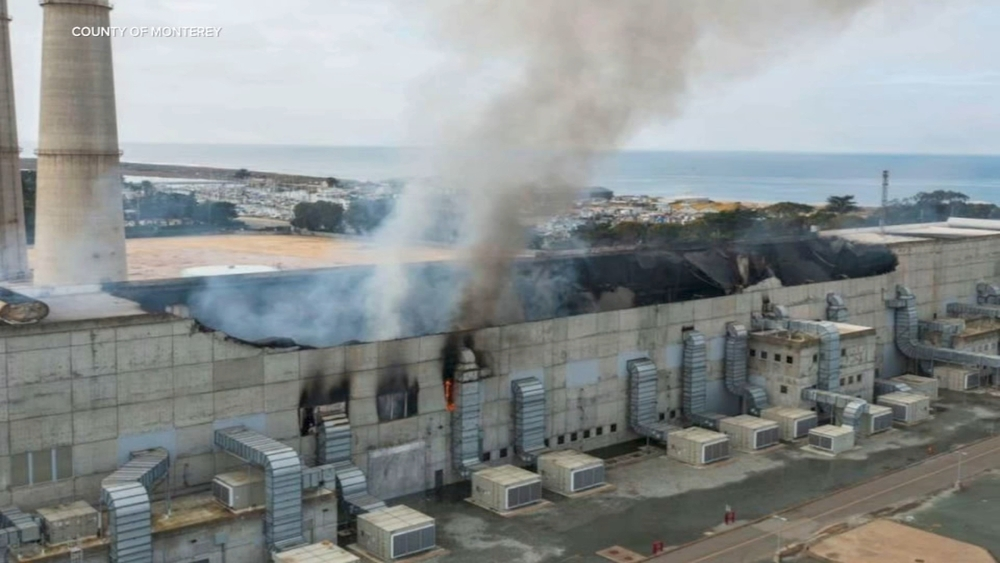
Vistra is technology agnostic and is “bullish” on storage, according to Burke.
Looking ahead, “No one knows the [technology] winner, because there probably won’t just be one winner, and I think [the winner] varies even by parts of the country,” Burke said.
utilitydrive.com



